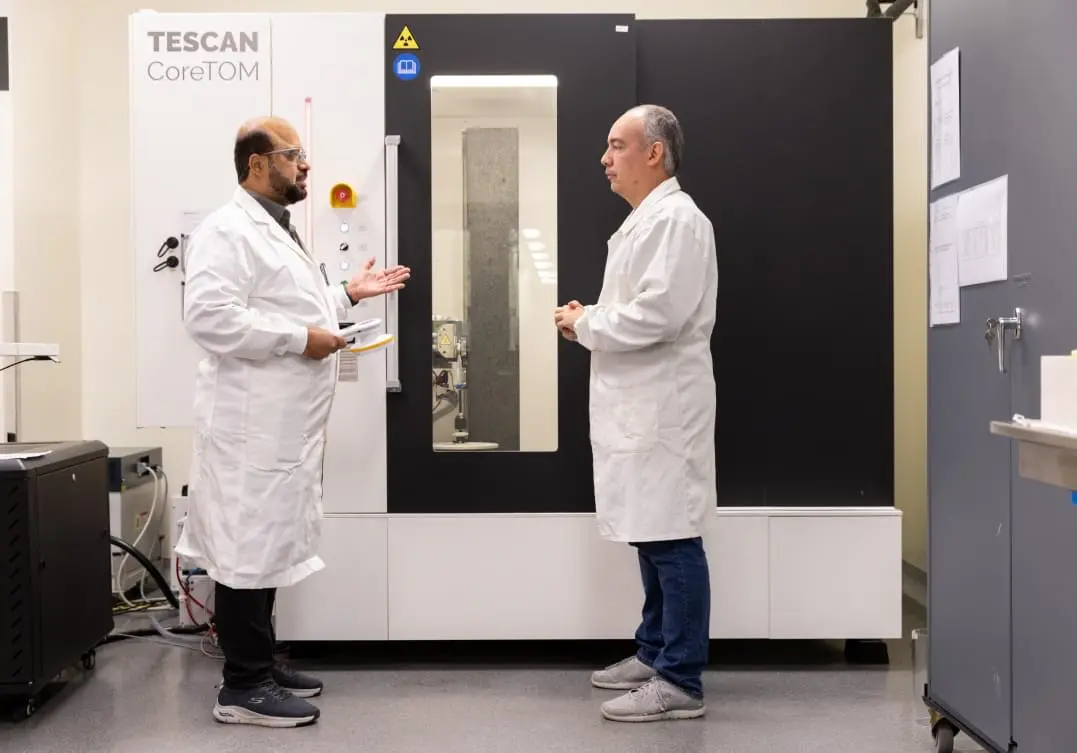




Quick Links:


Administrative controls include policies and procedures that result in providing proper guidance for safe laboratory work practices and set the standard for behavior within the laboratory. Once developed, administrative controls must be implemented and adhered to by all personnel working in the laboratory. Laboratories are responsible for developing policies and written guidelines to ensure laboratory workers are protected against exposure to hazardous chemicals as outlined in the OSHA Laboratory Standard and physical hazards that may be present, including the development of a written Chemical Hygiene Plan or adoption of this Laboratory Safety Manual. It is the responsibility of the Principal Investigator and laboratory supervisor to ensure that personnel working in laboratories under their supervision are informed and follow laboratory specific, departmental, and campus wide policies and procedures related to laboratory safety – such as the guidelines and requirements covered in this Laboratory Safety Manual.
Whenever possible, laboratory personnel should avoid working alone when conducting research, especially when experiments involve hazardous substances and procedures. Laboratories should establish specific guidelines and standard operating procedures specifying when working alone is not allowed and develop notification procedures when working alone occurs. All work to be performed by someone working alone, and the monitoring system that is established, must be approved in advance by the Principal Investor or laboratory manager.
If a laboratory person determines it is necessary to work alone, consideration should be given to notifying someone else in the area – in an adjacent room, another lab on the same floor, or a lab on a different floor. It is recommended that a “buddy system” be established for regular, routine checks on personnel working alone, such as every 15 – 30 minutes, to ensure no accidents have occurred. This could be accomplished by physically walking to the room where the lab worker is, or through the use of a phone. If the person working alone is doing highly hazardous work, then the person checking on the lab worker should not enter the same room. A system of visual checks should be established to indicate there are no problems or to determine if help is needed.

Chemical fume hoods are installed in laboratories to protect individuals from airborne substances (gases, vapors, mists, fumes) generated by laboratory experiments. However, simply conducting these experiments in the fume hood does not guarantee adequate protection. The fume hood must be used properly.
Each laboratory is required to have a written Laboratory Safety Plan to help protect against hazards to personnel, property, or the environment:

Housekeeping refers to the general condition and overall appearance of a laboratory. Safety performance and orderliness in the laboratory are directly related. Good housekeeping standards serve not only to protect the health and safety of personnel, but are a common sense way of increasing productivity in a laboratory, making efficient use of valuable laboratory space, and increasing the reliability of experiments due to less potential for contamination. When housekeeping standards fall, safety performance inevitably deteriorates. Good housekeeping standards must be maintained in all KAUST laboratories.
Whenever it is necessary to have unattended operations occurring in a lab, it is important to ensure safeguards are put into place in the event of an emergency. Laboratory personnel should adhere to the following guidelines when it is necessary to carry out unattended operations. For unattended operations involving highly hazardous materials, an appropriate warning/explanation sign should be placed on the laboratory door, or in a conspicuous place that could be easily seen without putting someone else in danger in the event of an emergency.
When setting up an experiment that will be left unattended, try to take into account potential incidents that could occur if something went wrong.

Access to KAUST University laboratories, workshops and other work areas housing hazardous materials or machinery is restricted to the relevant University faculty, staff, students, or other persons on official business. Visitor guidelines, visiting scientists, open houses and tour guidelines are published on this page.